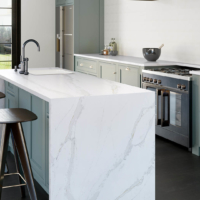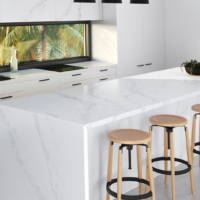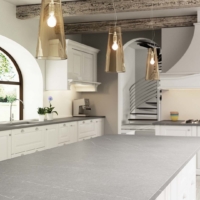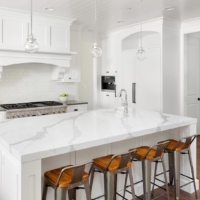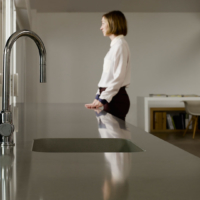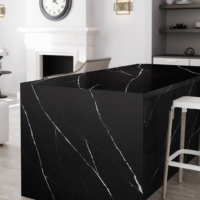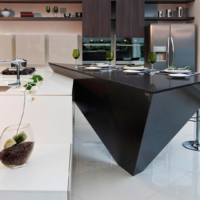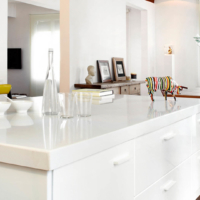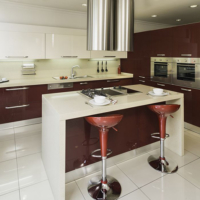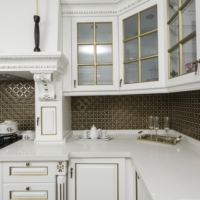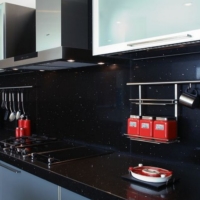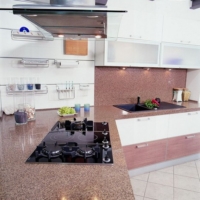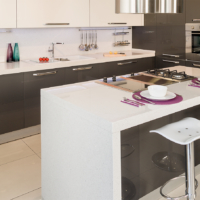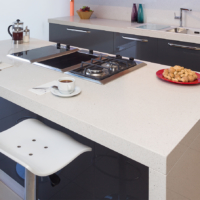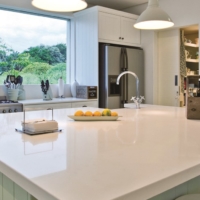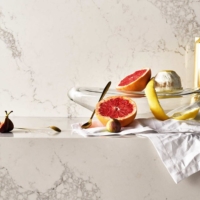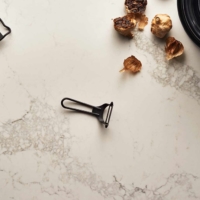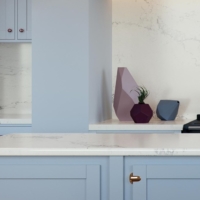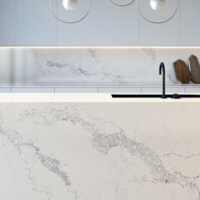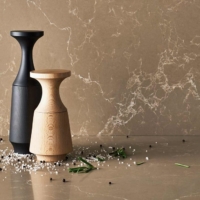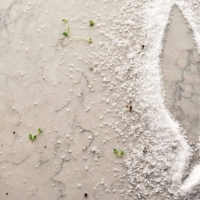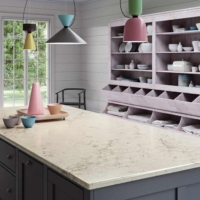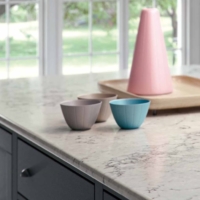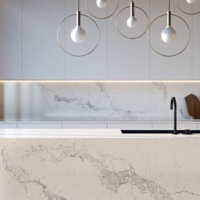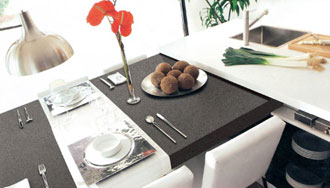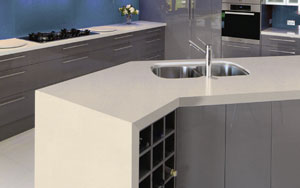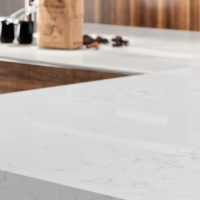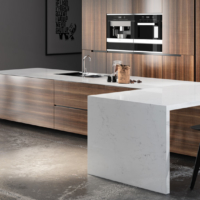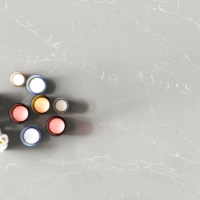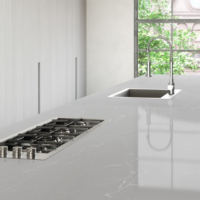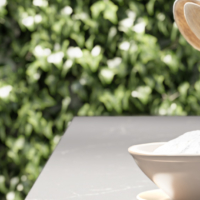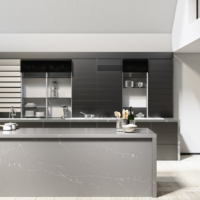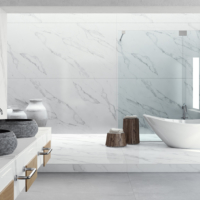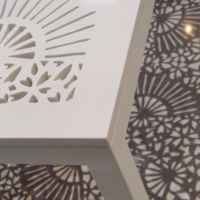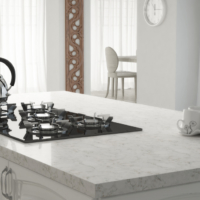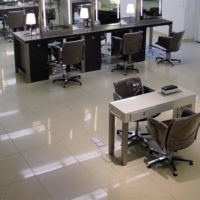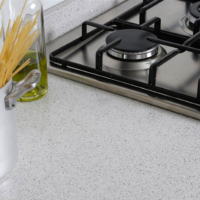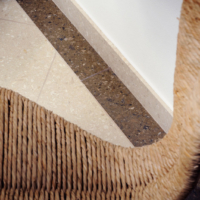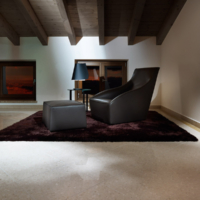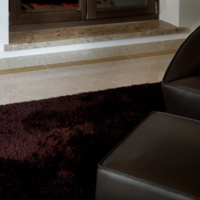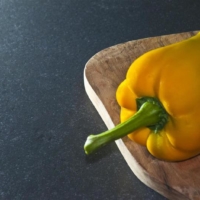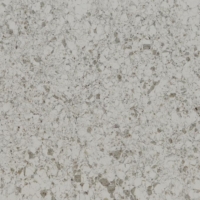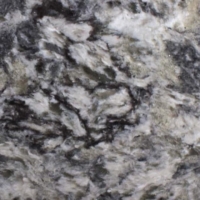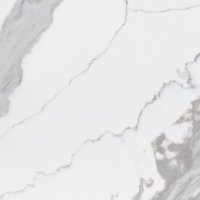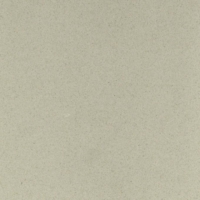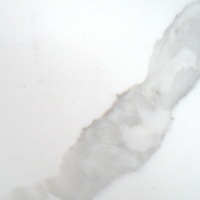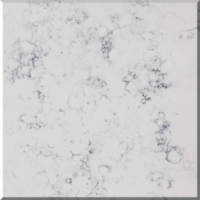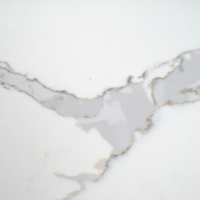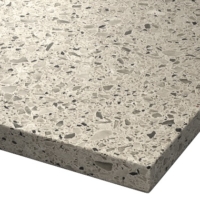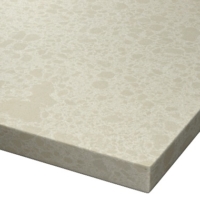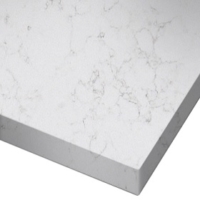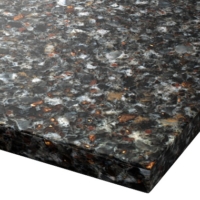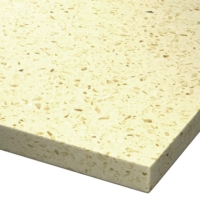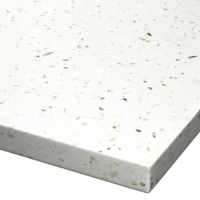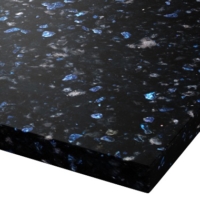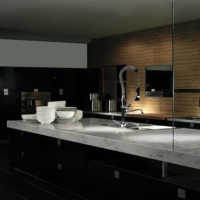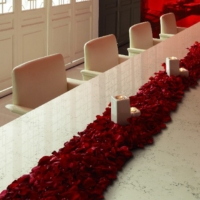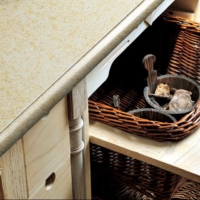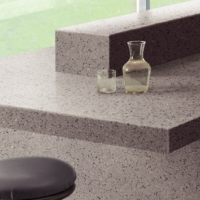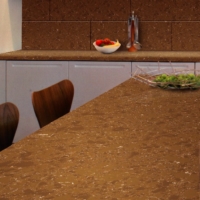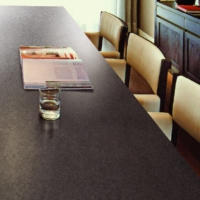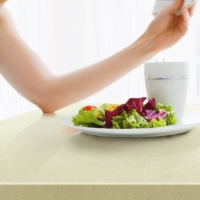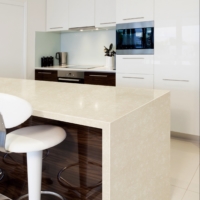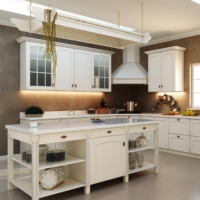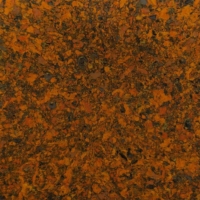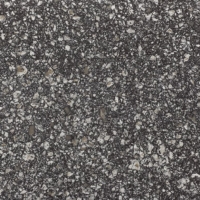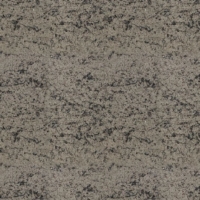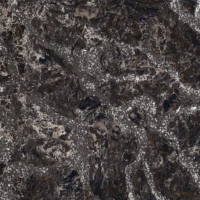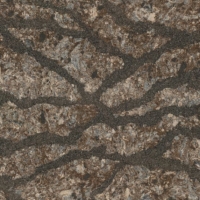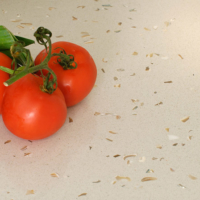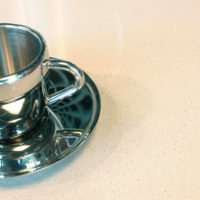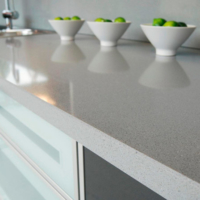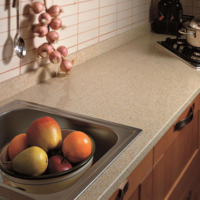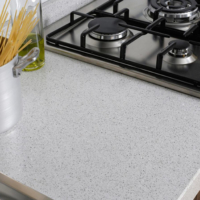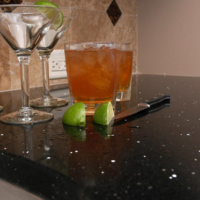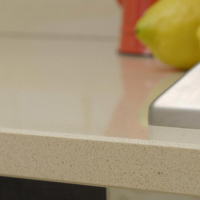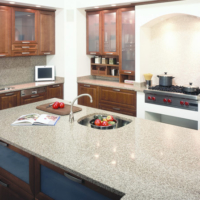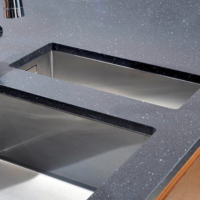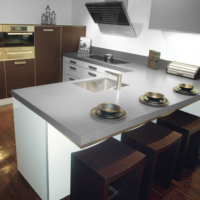White marble worktops add a timeless elegance and luxury to any kitchen or bathroom. However, while their beauty is undeniable, marble is a porous and delicate natural stone that requires special care to keep it looking pristine. Without proper maintenance, white marble can be susceptible to stains, scratches, and etching from everyday use.
If you want to keep your white marble worktops looking stunning for years to come, follow these essential care and maintenance tips.
Understanding White Marble’s Vulnerabilities
Before diving into the maintenance steps, it’s important to understand why white marble requires special attention:
- Porous Nature: Marble is more porous than other stones like granite, meaning it can absorb liquids easily, leading to stains.
- Acid Sensitivity: Marble reacts with acidic substances like lemon juice, vinegar, wine, and coffee, causing etching (dull spots or marks).
- Scratch-Prone Surface: While durable, marble is softer than quartz or granite, making it susceptible to scratches and chips if not handled with care.
With these vulnerabilities in mind, let’s look at how you can maintain your white marble worktops effectively.
Daily Cleaning Routine
A simple yet consistent cleaning routine is key to keeping your marble worktops in pristine condition.
1. Use a Mild, pH-Neutral Cleaner
Avoid using harsh or acidic cleaners, as they can damage the surface. Instead, use a pH-neutral dish soap mixed with warm water and a soft microfiber cloth.
- Steps:
- Dampen a microfiber cloth with warm water.
- Add a few drops of mild dish soap.
- Gently wipe down the worktop.
- Dry with a clean, soft towel to prevent water spots.
2. Wipe Up Spills Immediately
Since marble absorbs liquids quickly, immediate cleanup is crucial. If you spill wine, coffee, citrus juice, or oil, blot (don’t wipe) it with a paper towel to prevent spreading.
- Best Practice:
- Blot with a dry paper towel.
- Rinse with warm water and mild soap.
- Dry thoroughly to prevent moisture from seeping in.
Preventing Stains and Etching
While cleaning is important, preventing damage in the first place will help preserve the natural beauty of your marble worktops.
3. Seal Your Marble Regularly
Sealing your marble worktop creates a protective barrier that helps prevent stains from penetrating the surface.
- How Often to Seal:
- Every 3-6 months for high-use areas.
- Every 6-12 months for lower-traffic kitchens.
- How to Test if Sealing is Needed:
- Place a few drops of water on the surface.
- If the water beads up, the seal is still intact.
- If the water soaks in, it’s time to reseal.
- How to Apply a Sealer:
- Clean the surface and let it dry completely.
- Apply a high-quality marble sealer using a soft cloth.
- Let it absorb for 10-15 minutes.
- Wipe off excess and buff for a polished finish.
4. Use Coasters, Trivets, and Mats
Prevention is the best defense against stains and etching.
- Coasters: Always use coasters under drinks, especially wine, citrus juices, and sodas.
- Trivets: Use trivets or heat-resistant mats under hot pots and pans.
- Cutting Boards: Never cut directly on marble—use a cutting board to prevent scratches and knife marks.
Tackling Stains and Etching
Despite your best efforts, stains and etching may still occur. Here’s how to handle them effectively.
5. Removing Common Stains
Different types of stains require different cleaning methods:
- Organic Stains (coffee, wine, food):
- Mix baking soda and water into a paste.
- Apply to the stain, cover with plastic wrap, and let sit overnight.
- Wipe away with warm water and a soft cloth.
- Oil-Based Stains (cooking oils, grease):
- Use a mixture of baking soda and water to draw out the oil.
- Rinse with warm water and dish soap.
- Ink or Paint Stains:
- Dab with hydrogen peroxide (for light-colored marble) or acetone (for darker marble).
6. Fixing Etching (Dull Spots)
If acidic substances have left etch marks, you can restore the surface with a marble polishing powder.
- Steps:
- Lightly dampen the etched area.
- Sprinkle a small amount of marble polishing powder.
- Buff the area using a soft cloth in a circular motion.
- Rinse with clean water and dry.
For deeper etching, consider professional restoration to buff and reseal the surface.
Long-Term Maintenance Tips
7. Avoid Harsh Cleaning Products
Never use the following on white marble:
❌ Vinegar or lemon-based cleaners ❌ Bleach or ammonia-based products ❌ Abrasive scrubbing pads
8. Polish Occasionally for Extra Shine
Using a marble-safe polish once a month can help maintain the stone’s natural shine and enhance its luster.
- Apply a small amount of marble polish.
- Buff gently with a microfiber cloth.
- Wipe away any excess product.
Conclusion
White marble worktops are a stunning addition to any kitchen, but they do require some extra care to keep them looking their best. By implementing a daily cleaning routine, sealing regularly, using protective accessories, and addressing stains quickly, you can enjoy the beauty of your marble worktops for many years to come.
With the right care and attention, your white marble worktops will remain stain-free and beautiful, adding timeless elegance to your space.

